The Samsung Galaxy S9 and S9+ Review: Exynos and Snapdragon at 960fps
by Andrei Frumusanu on March 26, 2018 10:00 AM ESTCamera - Daylight Evaluation
Continuing on with more traditional comparison shots we’re off for a tour around a few scenic shots.
[ Galaxy S9 ] - [ Galaxy S8 ] - [ Galaxy S7 ] - [ Pixel 2 XL ]
[ Pixel XL ] - [ P10 ] - [ Mate 9 ] - [ Mate 10 ]
[ G6 ] - [ V30 ] - [ iPhone 7 ] - [ iPhone 8 ]
[ iPhone 8 Plus ] - [ iPhone X ]
In the first location there’s something very obvious about the Galaxy S9 over its predecessor: we find a lot less processing in the resulting image. The S9 lacks the contrast of the S8 which I think it would have needed it, however this is counteracted by the much more natural look of the trees in the S9. There’s a lot less sharpening on the Galaxy S9 which in this scenario is a good thing as the camera sensor is able to catch even one pixel wide tails such as tree branches. The S9 also seems to have less chromatic aberrations – this is most visible on the outer edges of the picture such as on the right tree or the far crane on the horizon.
The iPhones again offer a more picture with better contrast, however the processing makes a mess of details throughout the picture. Colour balance aside, the new iPhones make quite a mess of the texture of the grass. The Pixel 2 in basic mode does a good job of colour tones but lacks details and blows out the sky. This is solved in HDR+e mode, however I find the processing to be a bit too exaggerated again, especially on the trees. The Mate 10 does good in its normal mode, but even at 20MP resolution it doesn’t capture as much detail as the S9 & S8. In HDR mode the picture is just far too dark. The LG V30 does a very good job in creating a very pleasing exposure and tone for the image and is among the best devices in this scenario, however when it comes to detail its 16MP sensor seems to be able to actually catch less than the 12MP shooters from Samsung and Apple.
Overall the trend here is that the Galaxy S9 sees significant upgrades in terms of ability to capture detail and natural sharpness. I find that the S9 lacked just a touch of contrast but otherwise it offers the best quality image.
[ Galaxy S9 ] - [ Galaxy S8 ] - [ Galaxy S7 ] - [ Pixel 2 XL ]
[ Pixel XL ] - [ P10 ] - [ Mate 9 ]
[ Mate 10 ] - [ G6 ] - [ V30 ] - [ iPhone 7 ]
[ iPhone 8 ] - [ iPhone 8 Plus ] - [ iPhone X ]
The Galaxy S9 fared well in the first comparison, but this second one doesn’t end up that well. Among the series of shots I captured on the S9 in this view I had the phone do some pictures with an automatic F/1.5 and then an F/2.4 aperture setting. The difference between the two shots was enormous. The F/1.5 was overall very good but the F/2.4 shot is outright horrible. The difference between the two shots was a 1/2128s vs a 1/471s exposure. The F/2.4 vastly overexposed the scene and had to rely on HDR processing to bring down the levels, resulting in an overall image with much less natural dynamic range. The trees in the picture particularly suffer.
The iPhones also tend to behave the same by applying the more visible HDR processing which I don’t think works that well in this scenario. Huawei and especially LG do a lot better in terms of exposure, and the V30 provides overall one of the best shots here, as even though it sharpens more than the S9, the bigger resolution sensor does seem to capture more overall detail, especially on the brickwork of the bridge. The Pixel’s processing comes in too strong here and isn’t nearly as natural as the LG and Samsung phones.
The S9 using such different processing between its automatic F/1.8 and F/2.4 modes seems problematic in terms of shot consistency, so while the camera can do good shots, you’ll need to ensure it actually does so, which is a big minus in terms of experience.
[ Galaxy S9 ] - [ Galaxy S8 ] - [ Galaxy S7 ]
[ Pixel 2 XL ] - [ Pixel XL ] - [ P10 ]
[ Mate 9 ] - [ Mate 10 ] - [ G6 ] - [ V30 ]
[ iPhone 7 ] - [ iPhone 8 ] - [ iPhone 8 Plus ] - [ iPhone X ]
The next and last scenic scenario is again very challenging in terms of daylight exposure. Here nearly all phones produced different results depending on the metering mode. I provided shots in simple point & shoot mode which resulted in centred or pattern metering, and as well spot metered on the same spot of the abbey roof to compare how they fare.
While the Galaxy S7 and S8 had huge differences in dynamic range between the two metering modes and their resulting HDR processing, the S9 is more consistent between the two modes, with only bringing out a bit more of the shadows in the spot metered shot. I apologise for the large lens flare on the S9 – I hadn’t noticed it until sorting out the pictures on the PC.
Taking the spot metered shot of the S9 as the better variant, it is hard to compare against the S8 as the latter does far better in shadow detail in its spot metered shot, however loses out in blown highlights and natural detail because of higher sharpening processing. Compared to the S8’s centre metered shot the S9 actually does better in retaining detail in the shadows, especially in the front. I wonder if the increased detail on the S9 here is actually a direct effect of the deeper depth of field of the F/2.4 mode aperture as objects along the river bank and even the foreground right side rocks, as well as the horizon are very sharp compared to the S8 where it has to choose between what it focuses on.
In terms of exposure while the S9 is very bright again, the S8’s centre shot is a lot more natural in terms of tones and far more representative, so like in the last scenario, the S9 seems to overexpose at a 1/391s exposure while the S8 uses a 1/3480s exposure. Had the S9 used a slower exposure it wouldn’t have needed as much processing to bring down the levels back to where they should be.
The new iPhones can’t retain as much detail along the whole focal field as the S9, however they do a noticeably better job in terms of exposure and tones, beating the S9 in retaining shadow detail. The Pixel phones differed wildly depending on capturing and metring mode, the shots with the best detail I feel lacked brightness on the Pixel 2 XL compared to say the Pixel XL’s HDR+ shot. The LG V30 has good exposure however a too warm tone compared to the other phones and its sibling the G6. The V30 doesn’t seem to have a sharpness advantage due to its 16MP sensor here and loses out in detail to the G6 and Samsung and Apples phones.
Overall the S9 is able to retain the most amount of detail, likely thanks to the high aperture lens and lack of artificial sharpening, however the S9 doesn’t do as well in terms of tones and exposure. Here I think the new iPhones did a better consistent job. The Pixel 2 and Pixel can also do a good job in terms of exposure, but especially on the Pixel 2 you have to hit the mark in terms of settings.
[ Galaxy S9 ] - [ Galaxy S8 ] - [ Galaxy S7 ] - [ Pixel 2 XL ]
[ Pixel XL ] - [ P10 ] - [ Mate 9 ]
[ Mate 10 ] - [ G6 ] - [ V30 ]
[ iPhone 7 ] - [ iPhone 8 ] - [ iPhone 8 Plus ] - [ iPhone X ]
The next shot is a more medium range shot. Here again the Galaxy S9 does an excellent job at retaining detail and has overall the sharpest shot out of all devices by what I think is a noticeable margin, with only the Pixel 2 XL coming in at a close second.
Exposure wise I think the Galaxy S9 suppressed the high-lights a bit too much here and actually produces less dynamic range than the S8 and other phones. Looking at the EXIF data again the S9 exposes for longer – although the difference here isn’t as dramatic as in previous shots as is in line with the aperture difference. The shop sign in particular is too toned down compared to how it really was, which is visible on the shots of the other phones.
Overall the S9 did well and wins in detail but loses out in overall tones compared to the S8, Pixel 2, LG’s and iPhones so the end result might be a choice of preference depending what you value more.
I want to add that I encountered an interesting phenomenon among the V30 shots here. I caught the phone actually using its wide angle camera in a cropped fashion in auto mode. In terms of exposure and tones this resulted in a very close image to the main camera sensor, however it’s blatantly visible once you open the full resolution shots that there’s a world of different in resolution and detail. I didn’t encounter this again on the V30 but the fact that it happened is odd as one would think the software would be hard-coded to prevent this from happening.
[ Galaxy S9 ] - [ Galaxy S8 ] - [ Galaxy S7 ] [ Pixel 2 XL ]
[ Pixel XL ] - [ Mate 9 ] - [ Mate 10 ] - [ G6 ]
[ V30 ] - [ iPhone 7 ] - [ iPhone 8 ] - [ iPhone 8 Plus ]
[ iPhone X ]
The next scene is a darker day-light scenario still testing out detail and dynamic range. The Galaxy S9 provided the brightest image out of all phones in this comparison. While the S9 really manages to bring out lots of detail out of the shadows and seemingly has a very wide dynamic range, the overall result is less representative of the actual scene than other phones. Backing off on the exposure might have been a good thing for the S9.
The V30, iPhone8 and Pixel 2 XL provided the best overall average exposures of the scene although there’s obvious difference in the shadows between these phones. The Pixel was in my opinion too cold in terms of temperature and the LGs and Samsungs provided a warmer scene. The iPhone 8 falls in-between in terms of colour tone and likely is a bit more natural if you ignore exposure differences.
Which phone does the better results is going to be subjective depending on preference. The Pixels, iPhone 8’s and the S9 have the most dynamic range although the latter can be considered too bright. The Mate 10 HDR, S8, S7 and LG phones offer better natural exposure and softer, warmer tones.
The iPhone X’s picture is different because a cloud had come into the scene, so it’s not a valid comparison and should be ignored.
[ Galaxy S9 ] - [ Galaxy S8 ] - [ Galaxy S7 ]
[ Pixel 2 XL ] - [ Pixel XL ] - [ P10 ]
[ Mate 9 ] - [ Mate 10 ] - [ G6 ] - [ V30 ]
[ iPhone 7 ] - [ iPhone 8 ] - [ iPhone 8 Plus ] - [ iPhone X ]
To better demonstrate the difference between the two apertures in terms of depth of field, we result to macro shots where the difference is best showcased. The subject here is a tree stump with some leaves and moss – also a good subject in terms of detail.
To manually switch between the apertures, you have to use the Pro mode on the Galaxy S9. Here among the exposure settings you’ll find a switch allowing you to change between the apertures. The S9 does a really good job at maintaining the same overall picture exposure between the two aperture modes. In this shot the difference between the apertures and depth of field is also very visible as the F/2.4 mode allows for more of the scene to be in focus, while the F/1.5 aperture results in a more pronounced bokeh blur in the foreground and background.
Because the close-up scene is very sensitive based on the lens configuration we do get quite varied results between all the phones. The Galaxy S9 gives a pleasing picture in terms of contrast and colour balance. The iPhones did far too warm colour temperatures which don’t represent the scene well at all. The Pixels do a very good job in bringing out details out of the highlights but I feel’s it a tad too dark compared to the scene which was in direct sunlight. Overall it’s not a great scene to make judgements on but rather to showcase the differences between the depth of field of the phones.
[ Galaxy S9 ] - [ Galaxy S8 ] - [ Galaxy S7 ]
[ Pixel 2 XL ] - [ Pixel XL ] - [ P10 ]
[ Mate 9 ] - [ Mate 10 ] - [ G6 ] - [ V30 ]
[ iPhone 7 ] - [ iPhone 8 ] - [ iPhone 8 Plus ] - [ iPhone X ]
The next shot is going to be very challenging for all phones as it stresses the exposure and colour calibrations of the cameras. There’s also a very wide dynamic range between the shadows and bright sun lit spots of the picture.
The Galaxy S9 here fell flat on its face and was just unable to get a reasonable exposure not matter how many times I tried. The S8, S7, Huawei phones and the G6 were the ones who were able to most accurately represent the lightning of the scene while still preserving shadows and highlights.
The V30 regressed compared to the G6 as it blew out the highlights of the flowers. The Pixel 2 XL did well in preserving the dynamic range in the petals, however lacked sharpness. The HDR+e returned a lot of detail however toned down the highlights too much while having too dark shadows. The Pixel XL fared a bit better than its newer sibling. The iPhones by default were too dark and the processing lost almost all the highlights from the flower petals.
[ Galaxy S9 ]
[ Galaxy S8 ] - [ Galaxy S7 ] - [ iPhone 8 Plus ]
I was so disappointed with the results of the S9 here that I tried to retake some shots and see what is needed to replicate the much better results of the S8.
Again in full auto mode the S9 produced an extremely overexposed yet flat image, being consistently off the mark. While still in auto mode I changed the exposure compensation to its lowest settings and it helps regain some dynamic range. It’s not until we switch to Pro mode that the S9 finally manages to shed off the heavy processing and far too long exposures of the Auto mode. This is where it managed to get closest to the S8 result, but still fell short in terms of shadow contrast. On the other end of the spectrum using maximum exposure compensation on the iPhone 8 resulted in regaining a lot of the lost highlights, and colour tones aside, it's much closer to what it should be.
This last shot again served as a good example of the advantage of the F/2.4 aperture option on the S9 as the small aperture resulted in a noticeably sharper and more in focus image both in front and behind the focus object.
Overall the Galaxy S9’s camera has two distinct characteristics: great overall detail and sharpness, and a large tendency to have issues with exposure. In terms of detail the Galaxy S9’s new sensor really shines and is able to get what I could call the most pixel-perfect shots among smartphones today. Samsung’s decision to tone down sharpening is very visible in the resulting pictures and produces a more natural look. The F/2.4 aperture in day-light shots is not a gimmick and very much an advantage to the S9 as its deeper depth of field is noticeable in shots, producing sharper images than the F/1.5 aperture.
What the Galaxy S9 isn’t good at is exposure. Too often did I see the camera overexposing shots and then try to compensate with too much HDR processing to bring the highlights back down, resulting in overall flatter images in some cases. The Auto mode seems suspiciously prone to this while the Pro mode was much closer to the S8’s overall better and consistent exposure decisions. Particularly the issues with the flower scene gave me a bad opinion of the S9’s camera – Samsung needs to work on tuning its exposure algorithms and give users a more consistent experience as right now with the current settings it lags behind the S8 and competition. That being said, when the S9 does manage to get a good exposure, its advantages in detail put it at the top of smartphones cameras when it comes to quality.


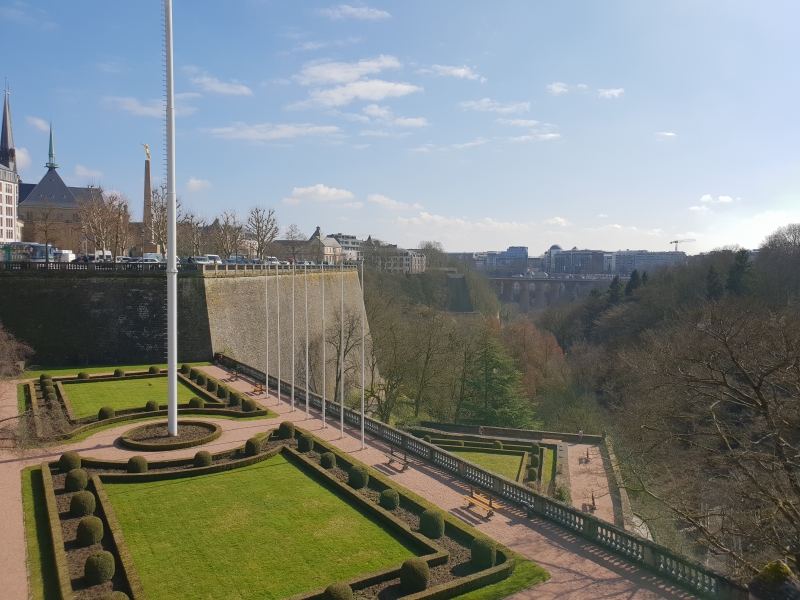






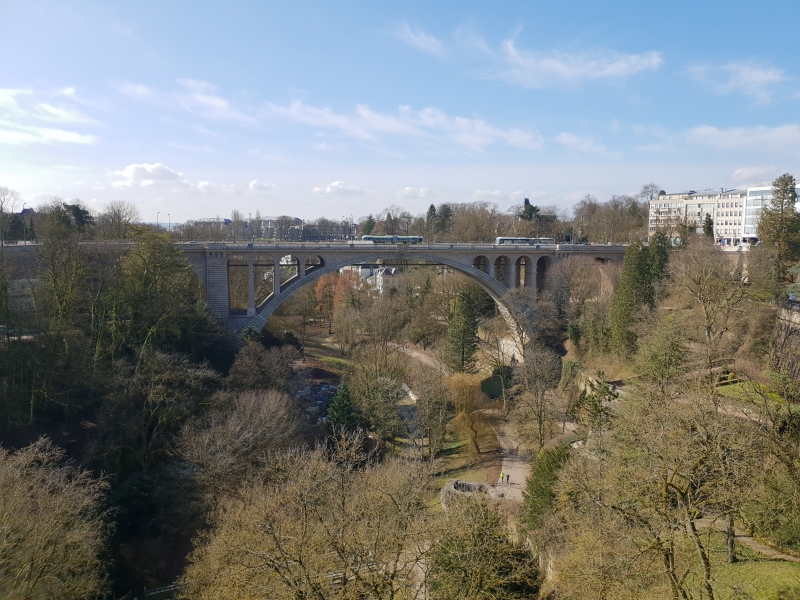






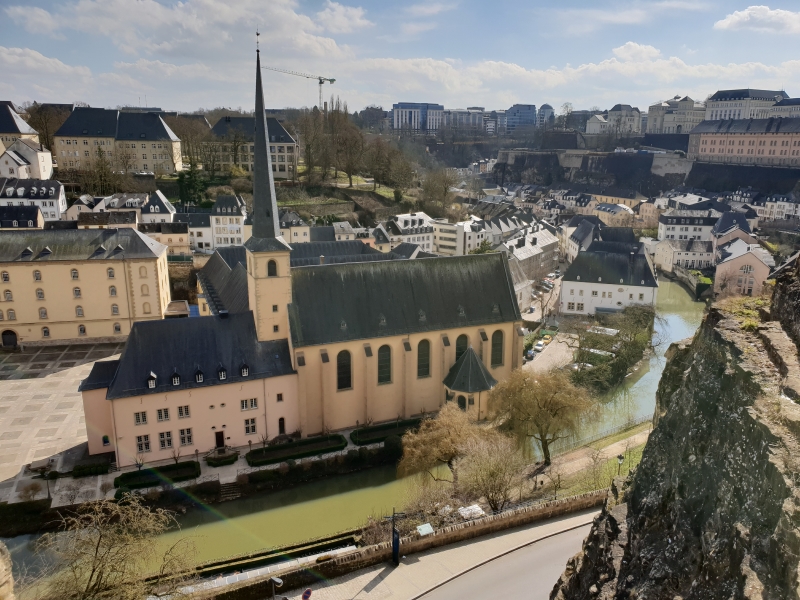













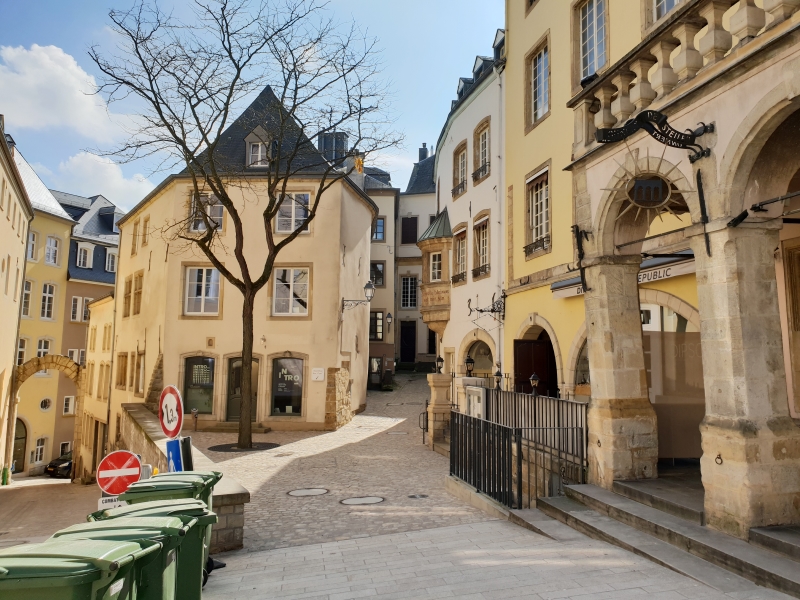






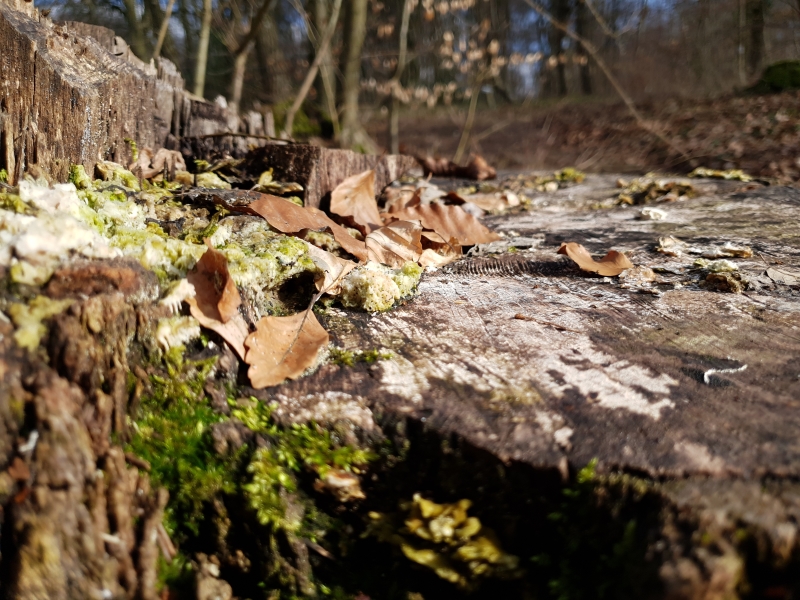






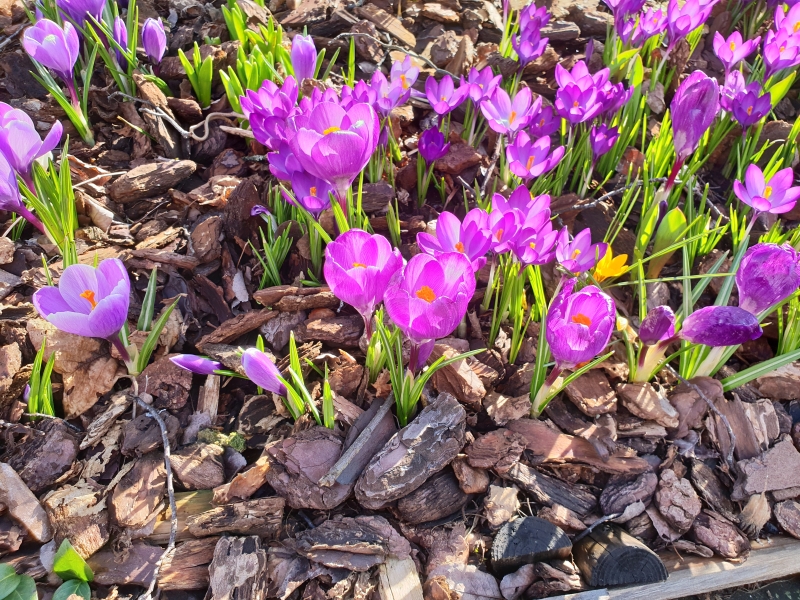






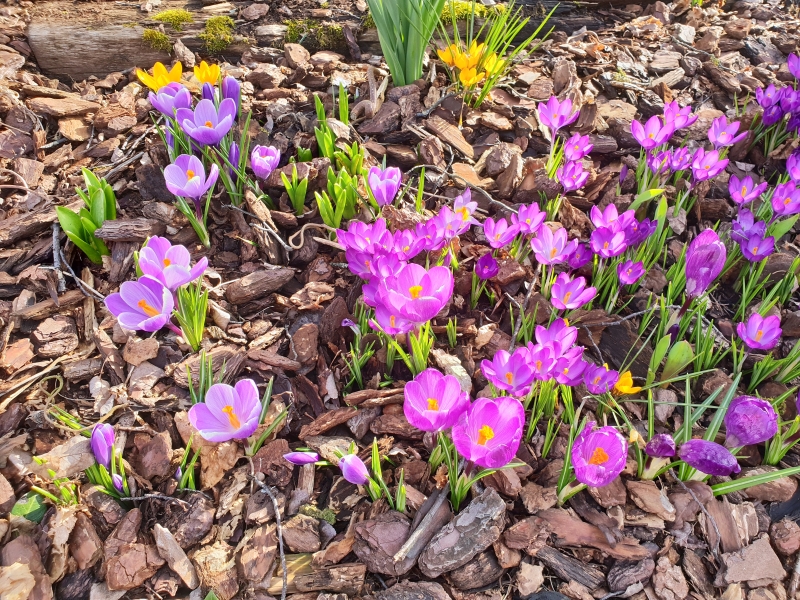








190 Comments
View All Comments
id4andrei - Tuesday, March 27, 2018 - link
All reviewers go gaga for geekbench scores with iphones/ipads as well. In this case the GB scores prove that at least in chip design Samsung has made a huge leap. As the review has outlined, the problem lies with the scheduler and DVFS which Samsung can and should address.If "Samdung" is so bad at hardware design, how do you call Apple's high priced iphones of the last 3 years that could not sustain chip performance and had to be throttled so as to not crap out. All initial reviews were glowing but they were all impervious to the impeding throttling.
name99 - Tuesday, March 27, 2018 - link
Dude, you really do yourself no favors by struggling so hard to criticize Apple.Apple's throttling has NOTHING to do with the CPU per se (ie the CPU is not generating excessive heat beyond spec, or because it has been running too fast for too long), it has to do with the BATTERY and with a concern that, if CPU performance were to spike the battery could not supply enough current.
Very different problem, nothing to do with the CPU design. A real problem yes but totally irrelevant to the issues being discussed here.
Matt Humrick - Wednesday, March 28, 2018 - link
Apple's big CPU and GPU are susceptible to thermal throttling when running sustained workloads too.Also, having to throttle a processor within a year of sale because its transient current requirements overwhelm the power delivery system is most definitely a design flaw.
Icehawk - Friday, April 6, 2018 - link
My wife’s 6S is still working at 100% after several years, I get the feeling the amount of people affected is overblown as pretty much anything anti-Apple is. I do think Apple needs to look at a better way of dealing with this but it’s also not the armeggedon somemake it out to be. I am far from a Apple fanboy but I do like their iOS products but I am sure someone will make a retort of that nature. I’d say the same thing about the Samsung chip - not great but it is performant, perhaps if we stop thinking each year a new phone should blow us away it would help us be more realistic.Lavkesh - Tuesday, March 27, 2018 - link
"In this case the GB scores prove that at least in chip design Samsung has made a huge leap" - Please explain huge leap here? The new chip barely outperforms the older SOC.ZolaIII - Monday, March 26, 2018 - link
I am very disappointed with both SoC's. Qualcomm wasted so much space on bad L4 cache which only added to latency & generally wasted more. The 30% is enormous even if new A75 cores are 35% bigger (would be 50% with ARM's L2 reference cache size) I don't know about A630 vs A540 size but if it grown-up let's say 10% the cores & GPU would together accommodate for around 15~20% leaving L3 & L4 responsible for the rest. Would be much better they used it for GPU as it could had been 2x the size then. I am also very disappointed with new cache hierarchy as it turns out to be stupid and a waist of silicone. Seams to me neither SoC used good scheduler nor scheduling by the looks of things it seems Samsung used the CAF HPM sched settings for Snapdragon SoC very aggressive patched interactive without any restraints whatsoever & no hotplug whatsoever which is very south from optimal, reference QC platform seams to had at least used hotplug (as their is no other way to explain the difference of almost 1W in GPU testing as two vs four A75's active). On the other hand seems Samsung used Power aware schaduler instead HPM & very granulated hotplug producing very bad results as those are directly confronted two things & when splashed together can only result in catastrophic result. I prefer HPM configured to be used with limited task packing and a high priority tasks enabled with significant increase of time interval for it (so that it can skip CPU sched limit), for CPU sched interactive traditional not patched with tree step load limitations (idle so that it doesn't jump erratic on any back shade task, ideal that is considered as best sustainable leakage for given lithography & max sustainable for two core's [only on big cores] i also use boost enabled & set to ideal frequency one [same as in interactive]). Preferred to use core_ctl hotplug disabled for the two little & two big cores so that they never get switched off from it. I won't go further in details about it hire as its pointless. I find this idea balanced between always available/needed/total performance as most of the times two of each course are enough for most of tasks & if not it's not a biggie to wait for other two to kick in. There is a minor drow back in responsiveness on lite task's but actually it works as fast as possible on hard one's flagged as heavy tasks like for instance Chrome rendering. It's also very beneficial to GPU workloads where even switching of two little core's and giving even 100~150mv headroom to GPU means much.Sorry for getting a bit deep regarding how complete scheduling mechanism should be done but I had an urge to explain how it should be done as it's so terrible done in the both cases examined hire.
tuxRoller - Wednesday, March 28, 2018 - link
It's not at all clear that the hpm is meaningfully better (much faster or much more power efficient) than a proper schedtune + energy model implementation.Scheduling is just ridiculously hard. Adding the constraints of: soft-realtime requirements, minimal battery usage, AND an asmp and you've got the current situation where there's not yet a consensus design. We are, however, starting to see signs of convergence, imho.
zeeBomb - Monday, March 26, 2018 - link
I came...and I finally sawphoenix_rizzen - Monday, March 26, 2018 - link
Ouch. The Exynos S9 is just barely better than the Exynos S7. :( And that's what Canada's going to get.Here's hoping they can improve things via software updates. Was considering the S9 to replace the wife's now dead S6. She's been using my S7 for the past two months while I limp along with a cracked-screen Note4. Other than the camera and screen, this isn't looking like much or an upgrade for being two generations newer.
Maybe we'll give the ZTE, Huawei, and Xiaomi phones another look ...
mlauzon76 - Monday, March 26, 2018 - link
Samsung Exynos 9810 (Europe & Rest of World)Canada is the 'rest of [the] world', but we don't get that version, we never get anything with the Exynos processor, we get the following one:
Qualcomm Snapdragon 845 (US, China, Japan)